When we consider the logistics and transportation industry, understanding the capacity of semi-trailers plays a vital role in optimizing cargo transport. The cubic feet measurement in these vehicles provides essential insights into how much cargo can be effectively transported in a single trip. In this comprehensive guide, we will delve into the intricacies of calculating cubic footage in semi-trucks and trailers, provide comparative analyses, and offer tips that could significantly enhance your operational efficiency.
Understanding Semi Truck Terminology
Before diving into the cubic measurements, it’s essential to clarify some key terminology you will encounter:
| Term | Definition |
|---|---|
| Semi Truck | A truck with a tractor unit that hauls a trailer, typically used for long-distance freight transport. |
| Trailer | The attached unit that carries cargo. In this context, it can be a flatbed, refrigerated, or dry van, among others. |
| Cubic Feet | A unit of measurement for volume, calculated by multiplying the dimensions (length, width, height) in feet. |
| GVWR | Gross Vehicle Weight Rating, the maximum operating weight of a vehicle including its trailer and cargo. |
Dimensions of a Semi Truck with Trailer
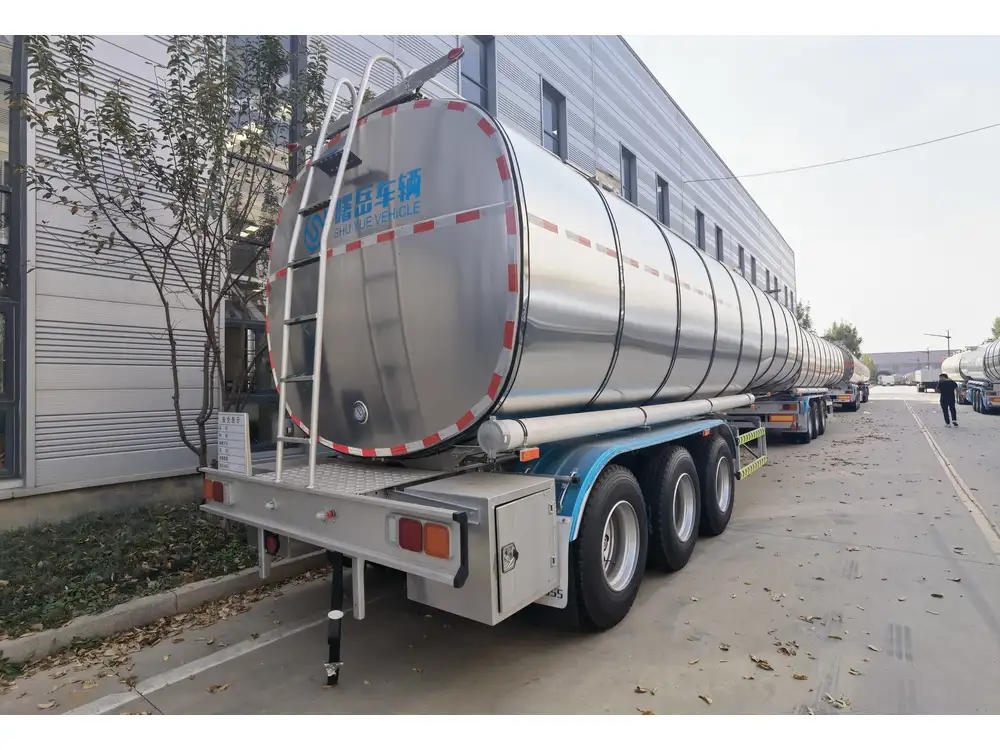
Common Semi Truck Configurations
Semi-trucks and trailers come in various configurations, primarily influenced by the type of cargo they carry. Below is an overview of the standard dimensions used:
Standard Dry Van Trailers
- Length: 53 feet
- Width: 8.5 feet
- Height: 9.5 feet
Refrigerated Trailers (Refer)
- Length: 53 feet
- Width: 8.5 feet
- Height: 9.5 feet
Flatbed Trailers
- Length: 48 feet (most common)
- Width: 8.5 feet
- Height: Varies based on load dimensions.
Calculating Cubic Feet
To calculate the cubic feet of a semi-truck with a trailer, we follow a straightforward formula:
[ \text{Cubic Feet} = \text{Length} \times \text{Width} \times \text{Height} ]Example Calculation for a 53-foot Dry Van Trailer:
[ \text{Cubic Feet} = 53 \, \text{ft (Length)} \times 8.5 \, \text{ft (Width)} \times 9.5 \, \text{ft (Height)} = 4,243.25 \, \text{cubic feet} ]Using this calculation, a standard 53-foot dry van trailer can carry approximately 4,243 cubic feet of cargo.
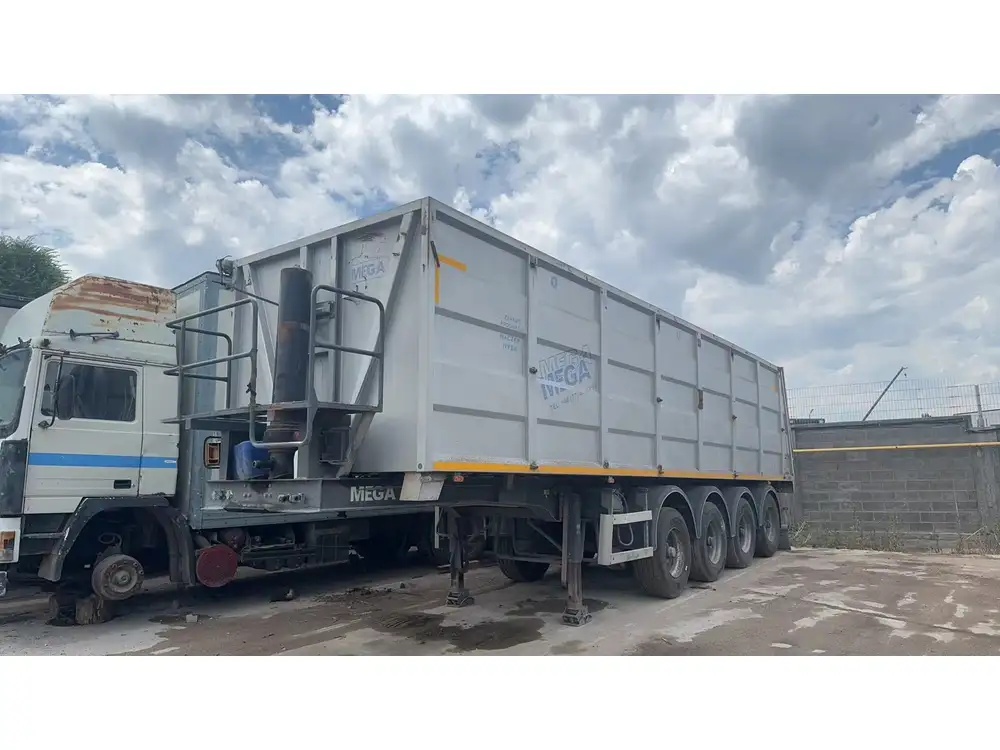
Variability in Capacity
Different Trailer Types and Their Capacities
The type of trailer attached can significantly influence volumetric capacity. Here’s a comparison of various common trailers:
| Trailer Type | Length (ft) | Width (ft) | Height (ft) | Cubic Feet |
|---|---|---|---|---|
| Standard Dry Van | 53 | 8.5 | 9.5 | 4,243.25 |
| Refrigerated Trailer | 53 | 8.5 | 9.5 | 4,243.25 |
| Flatbed Trailer | 48 | 8.5 | Variable (depends on load height) | Approximately 3,800 (Height varies) |
| Container Chassis | 40 | 8.0 | Variable (depends on container height) | Approximately 3,200 (Height varies) |
Overcoming Capacity Limitations
While cubic capacity is a crucial metric for determining how much freight can be transported, it’s also important to consider the weight limitations of each type of trailer. For instance, certain lightweight, bulk materials may allow for more volume but not necessarily reach the maximum loading thresholds.
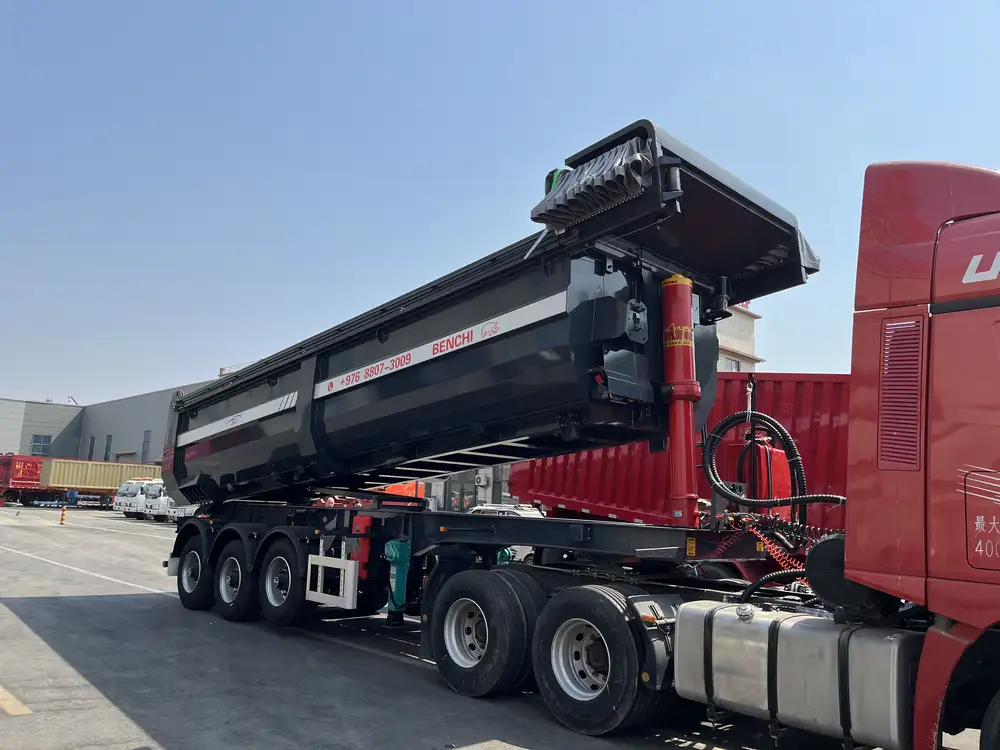
Best Practices for Maximizing Load Capacity
1. Optimize Loading Techniques
Proper load placement can drastically reduce wasted space. Employing strapping and load bars can help secure loads and prevent shifting during transit.
Tip: Use vertical space effectively to increase cubic capacity by stacking lighter, non-fragile items.
2. Choose the Right Trailer Type
Understanding the type of cargo you frequently transport can guide the selection of the most appropriate trailer. For example, using a refrigerated trailer is indispensable for perishables, whereas a flatbed may be ideal for oversized loads.
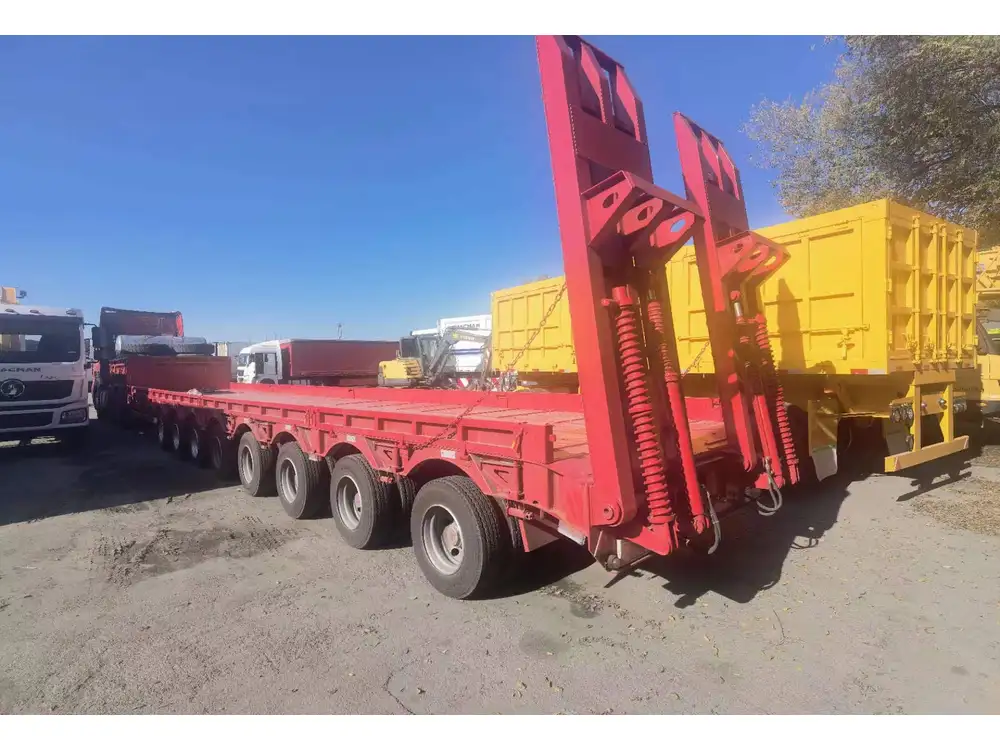
3. Utilize Load Planning Software
Investing in load planning and optimization software could provide analytical insights into cubic capacities and help avoid overloading scenarios while maximizing efficiency.
4. Regular Maintenance Checks
Ensuring your trailer and truck are well-maintained prevents breakdowns and ensures optimal performance, consequently enhancing overall capacity through efficient operation.
Real-World Application of Cubic Foot Measurements
The volume calculated in cubic feet can play a crucial role during various stages of the supply chain:
- Freight Quoting: Knowing the cubic capacity allows better calculations when quoting freight rates.
- Cargo Planning: Ensures that shippers understand how much space is available for their payloads.
- Regulatory Compliance: Adhering to GVWR helps avoid penalties due to overloading.
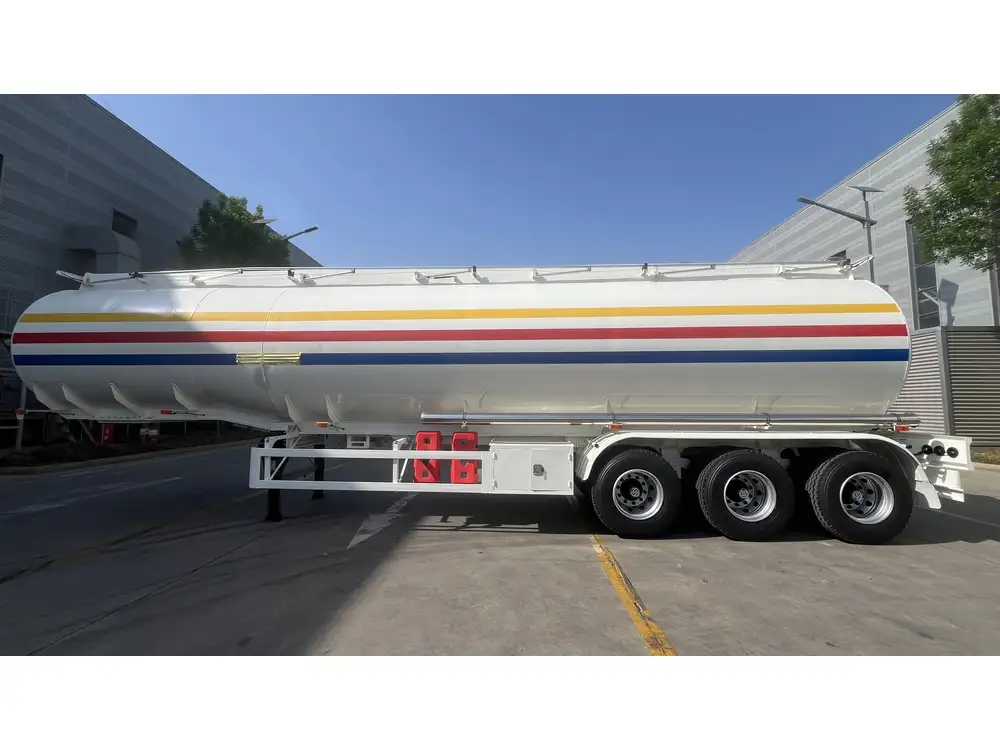
Frequently Asked Questions (FAQs)
How Do I Calculate Volume for Irregular Shapes?
To accurately measure the volume of irregular cargo, divide it into smaller, more manageable geometric shapes (cubes, cylinders) and calculate their individual volumes, summing them up afterward.
What is the Maximum Loading Weight for a 53-foot Trailer?
For standard 53-foot trailers, the maximum weight usually caps at 80,000 pounds, inclusive of the truck and cargo, but check state regulations as they may vary.
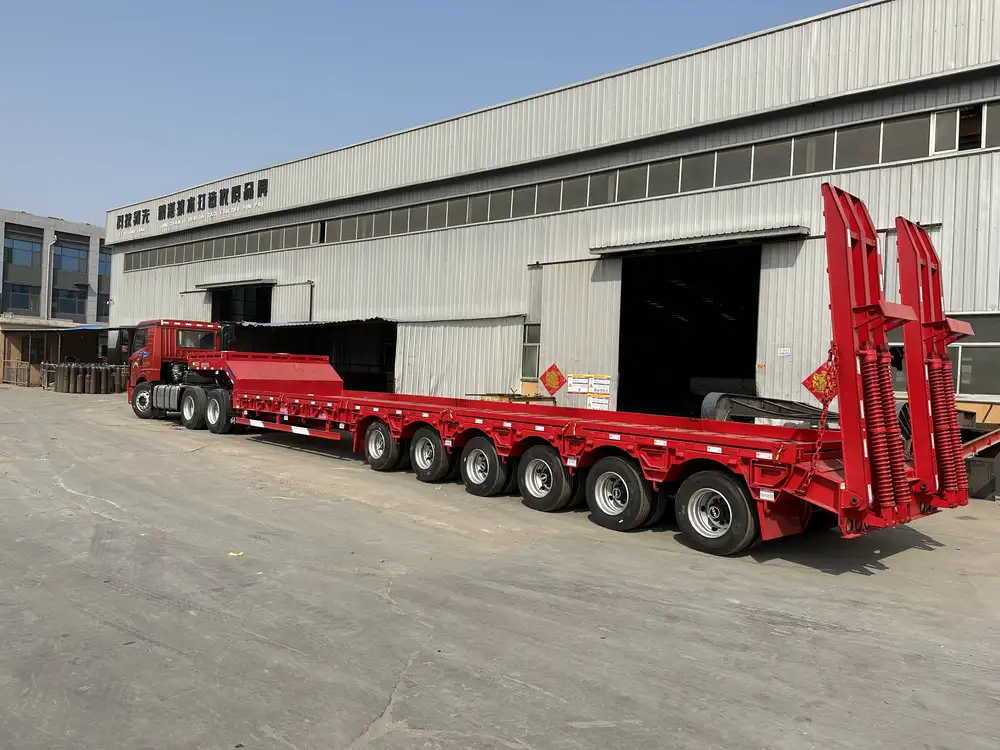
Are There Size Regulations for Interstate Transport?
Yes, each state may impose specific regulations regarding weight and dimensions for interstate transport, often necessitating permits for oversized loads.
What Should I Do If I Exceed the GVWR?
If you exceed the GVWR, it’s imperative to redistribute the load or offload cargo to avoid penalties and ensure safety on the road.
Conclusion
Understanding how many cubic feet are in a semi-truck with a trailer should be a fundamental aspect of operational planning in logistics. By calculating the available cubic footage provided by various types of trailers and employing best practices for load management, logistic managers can optimize their shipping processes, enhance efficiency, and ultimately improve profitability. Carrying the right tools and knowledge of cubic footage measurement can vastly uplift operational standards and performance in the field. The successful handling of freight is not just about knowing the numbers; it’s about strategically managing them to ensure that every journey made in a semi-truck adheres to the highest standards of safety, efficiency, and state regulations. Every cubic foot counts.



